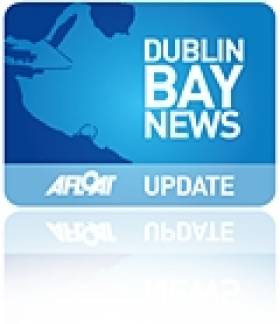Displaying items by tag: Baths
Clontarf Baths Won’t Be Open To The Public Without Extra Funding Say Owners
#Clontarf - The revived seawater baths in Clontarf opening next week will only be available to sports clubs, it has emerged.
According to RTÉ News, owners the Cullen family say the bathing area — which is slated to be ready by the end of April — will not be open to the general public due to insurance costs.
The Cullens add that they have called on Dublin City Council to help subsidises the estimated €400,000 annual running costs.
But the council confirmed to RTÉ that it was not in a position to fund a private enterprise. Read more on this story HERE.
Clontarf Baths To Reopen Next Week After 22 Years
#Clontarf - The seawater baths on Dublin Bay in Clontarf will reopen next week more than two decades after their closure, as RTÉ News reports.
The news followed the granting of a seven-day publican’s licence for the bar and restaurant at the redeveloped site, now known as The Baths.
Some €2.4 million was spent on the project, which also refurbished the open-air seawater baths that date from the late Victorian period in 1886.
RTÉ News has more on the story HERE.
Public Consultation On Dun Laoghaire Baths Opens Today
#DunLaoghaire - The public consultation on the proposed redevelopment of the old Victorian baths in Dun Laoghaire opened today (Monday 20 April).
As previously reported on Afloat.ie, last month the €2.5 million project was given the green light by the Department of the Environment.
The revised plans will see the baths – last used 20 years ago as the Rainbow Rapids – developed into artists' studios with a gallery and café space.
Among other changes, the old saltwater pool space will be filled in to create a green space between the People's Park and the East Pier.
The public consultation is open for submissions till 5 June 2015. Full details of the plans and all relevant consultation documents are available HERE.
The local 'Save our Seafront' campaign organisation has arranged a public meeting to discusss the new plans for the baths site and the nearby harbour on Thursday, April 30th at 7.30pm in the Kingston hotel.


























































